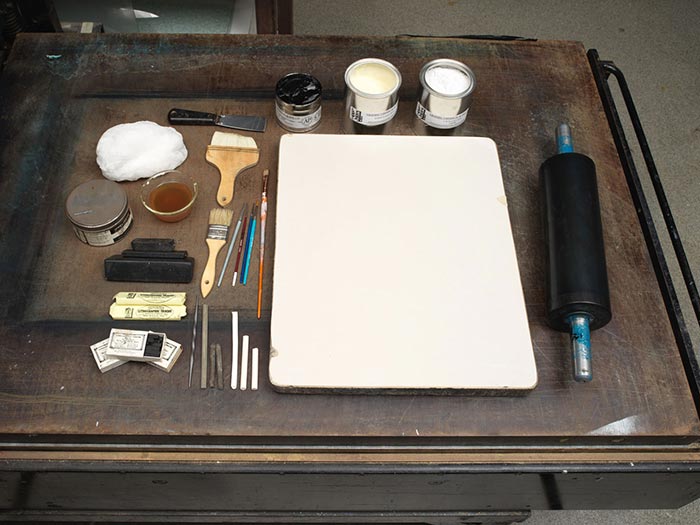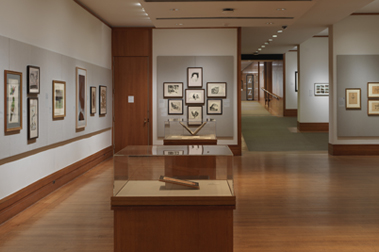Done Gone Busted!
Thomas B. Worth American
Publisher Currier & Ives American
Not on view
The late nineteenth-century Darktown prints by Currier & Ives depict racist stereotypes that are offensive and disturbing.The Metropolitan Museum of Art preserves such works to shed light on their historical context and to enable the study and evaluation of racism.
This print caricatures Black (African American) men. Two four-man teams (most dressed in colorful shirts) tumble after the rope snaps in their "tug of war" match; several have legs high in the air. The bald, white-haired, formally attired umpire expresses open-mouthed surprise on seeing the broken rope, and the men collapsed on the ground. Two astonished men in suits stand on either side of the umpire. In the background, behind a wood railing, four spectators stand (three men and a woman holding a pink parosol). The print's title is imprinted in the bottom margin.
Nathaniel Currier (1813–1888), whose successful New York-based lithography firm began in 1835, produced thousands of prints in various sizes that together create a vivid panorama of mid-to-late nineteenth century American life and its history. People eagerly acquired such lithographs featuring picturesque scenery, rural and city views, ships, railroads, portraits, hunting and fishing scenes, domestic life and numerous other subjects, as an inexpensive way to decorate their homes or business establishments. As the firm expanded, Nathaniel included his younger brother Charles in the business. In 1857, James Merritt Ives (1824–1895), the firm's accountant since 1852 and Charles's brother-in-law, was made a business partner. Subsequently renamed Currier & Ives, the firm continued via their successors until 1907. The artist of this print is Thomas Worth, a prolific nineteenth-century illustrator who excelled at drawing horses and other subjects, many of which were made into lithographs published by Currier & Ives.

